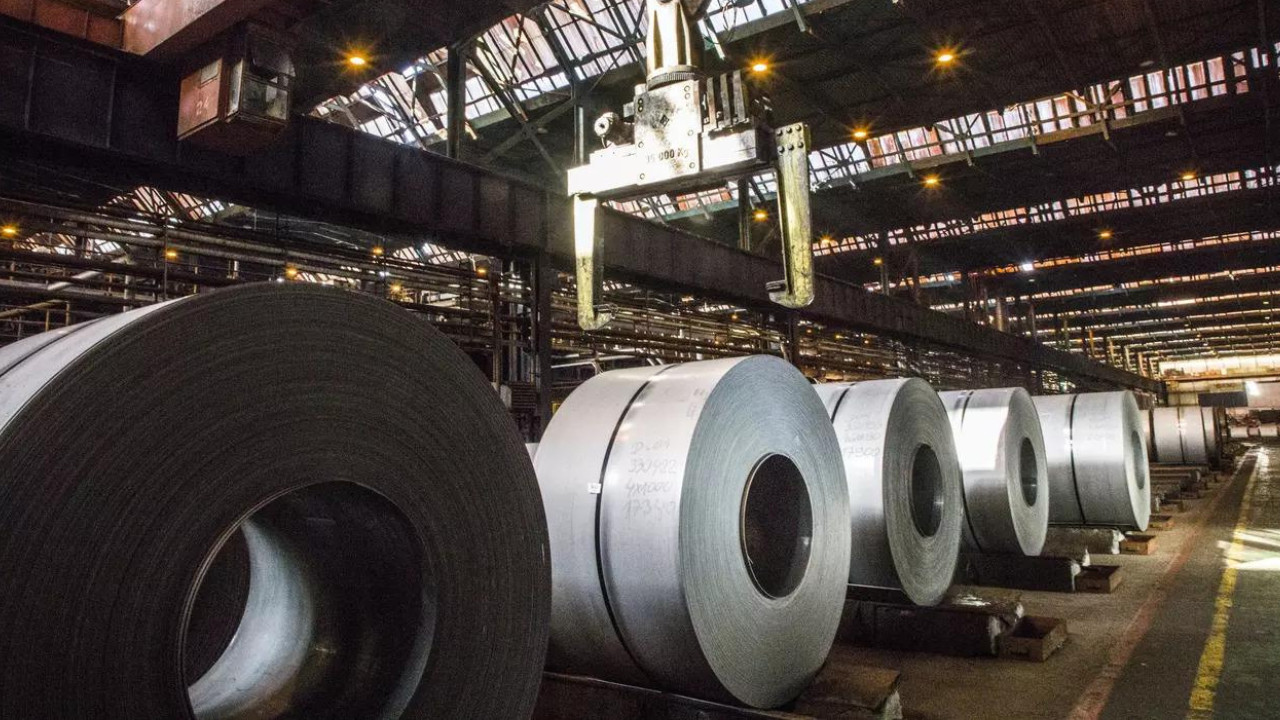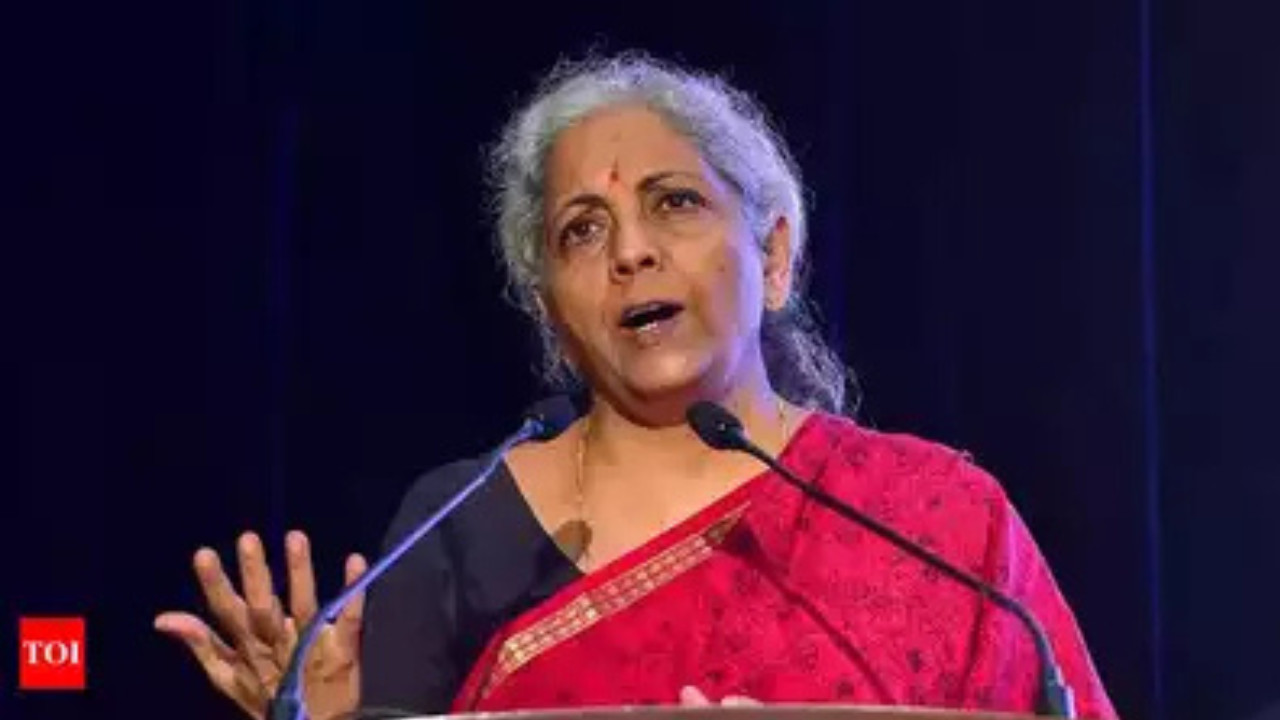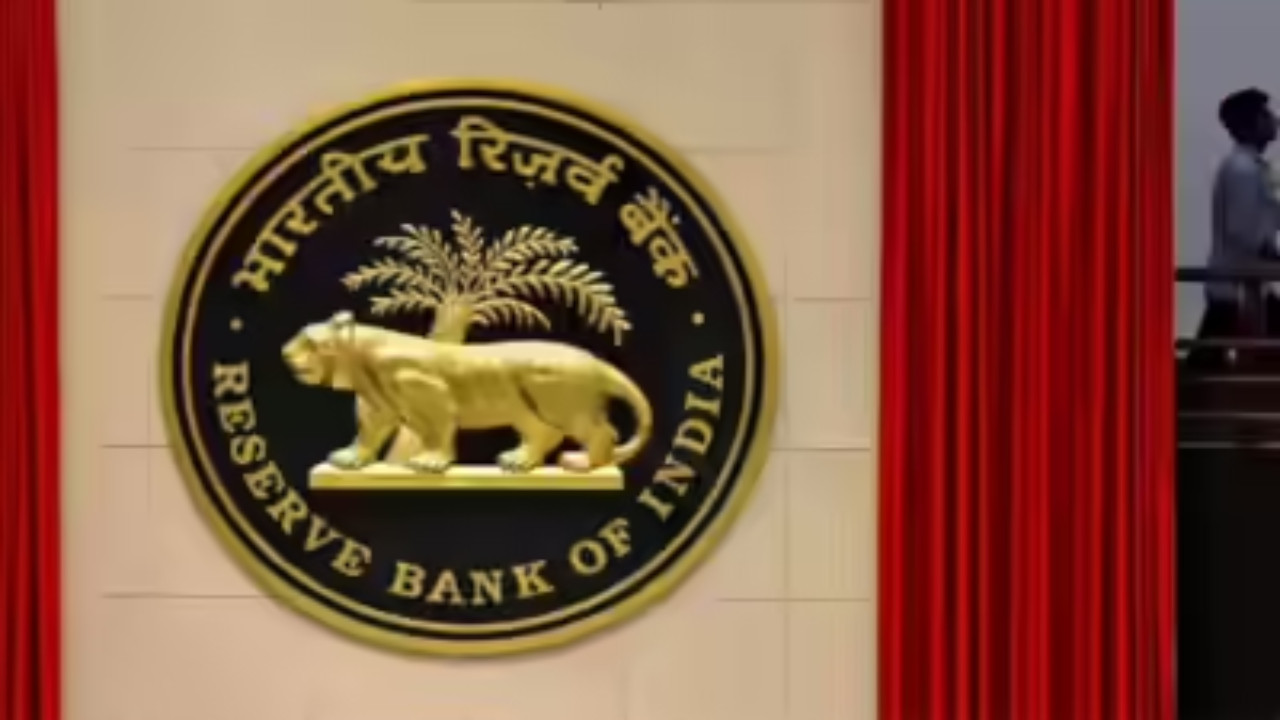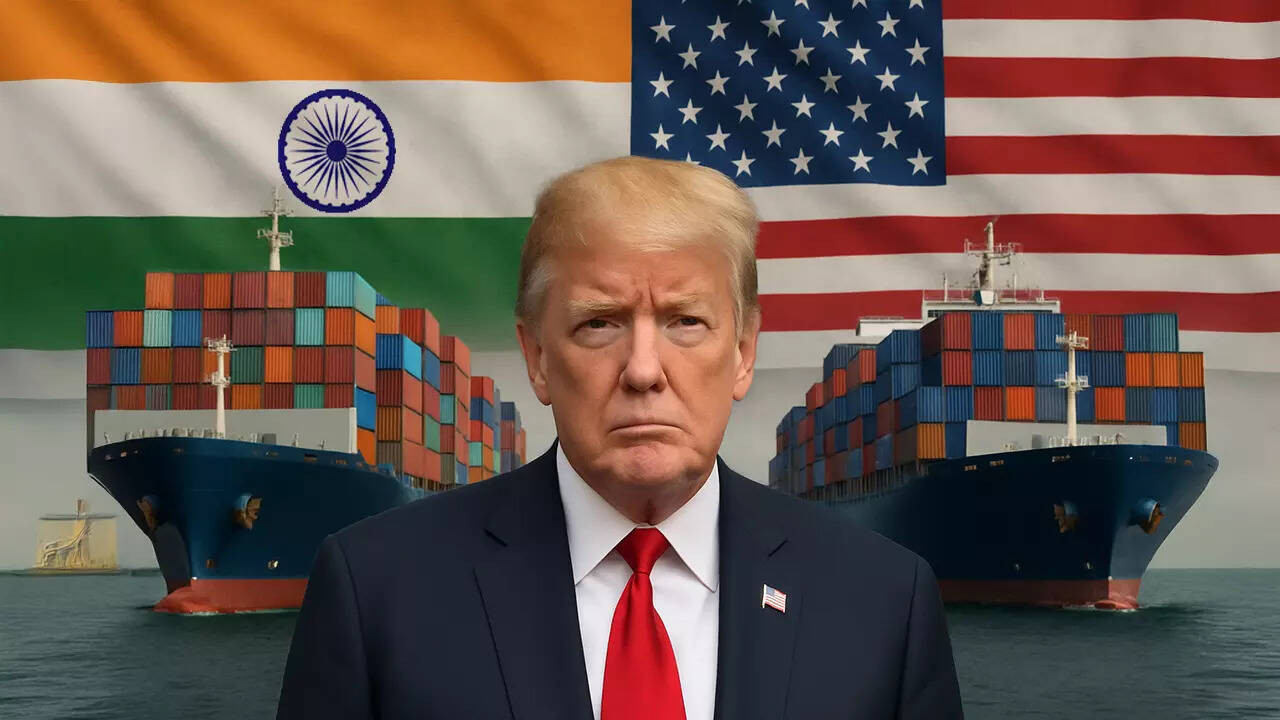India’s commerce ministry arm has suggested a three-year safeguard duty on specific flat steel imports due to a surge in shipments, potentially harming domestic producers. The Directorate General of Trade Remedies (DGTR) proposed a phased duty after a complaint from the Indian Steel Association.
Steel Yourself: Are Import Levies the Answer for India’s Flat Steel?
The winds of change are blowing through India’s steel industry, and a recent recommendation from the Directorate General of Trade Remedies (DGTR) has the potential to reshape the landscape. The DGTR has suggested imposing a safeguard duty on imports of certain flat steel products for the next three years, a move designed to protect domestic manufacturers from what they perceive as a surge in foreign competition. But is this the right prescription for a healthy steel sector, or could it inadvertently stifle growth and innovation? The debate is heating up, and the stakes are high.
Decoding the DGTR’s Recommendation on Steel Safeguard Duty
The DGTR’s decision stems from an investigation prompted by concerns within the Indian steel industry that increasing imports of specific flat steel products are causing, or threaten to cause, significant damage to domestic producers. These flat steel items are crucial in various sectors, including automobiles, construction, and consumer durables, making the decision far-reaching.
The proposed safeguard duty aims to level the playing field, allowing Indian steelmakers to compete more effectively with cheaper imports. The reasoning behind this is that, absent the duty, these imports could flood the market, driving down prices and impacting the profitability – and ultimately the viability – of domestic operations. This, in turn, could lead to job losses and a slowdown in investment in the Indian steel sector.

A House Divided: Industry Reactions
While some segments of the steel industry are applauding the DGTR’s recommendation, others are raising serious concerns. Domestic steel manufacturers, unsurprisingly, are largely in favor. They argue that the safeguard duty will provide a much-needed buffer against unfair competition, allowing them to invest in modernization, expansion, and research and development. This, they believe, will strengthen India’s steelmaking capabilities in the long run and contribute to the nation’s economic growth.
However, downstream industries that rely on flat steel as a raw material paint a different picture. They fear that the safeguard duty will increase their input costs, making them less competitive in both domestic and international markets. For example, car manufacturers could face higher production expenses, potentially leading to increased vehicle prices and decreased demand. Similarly, construction companies could see project costs escalate, impacting affordability and infrastructure development. These downstream industries argue that the duty will essentially penalize them for the benefit of steel producers, creating a ripple effect throughout the economy.
The arguments highlight a fundamental tension: protecting one sector versus ensuring the competitiveness of others. Striking the right balance is crucial for fostering sustainable economic growth.
The Bigger Picture: Implications for the Indian Economy
The debate surrounding the steel safeguard duty extends beyond the immediate impact on steel producers and consumers. It touches upon broader issues of trade policy, industrial competitiveness, and the overall health of the Indian economy.
Critics of safeguard duties argue that they can create a protectionist environment, shielding inefficient domestic industries from the need to innovate and improve productivity. This, they contend, can lead to complacency and a decline in competitiveness over time. Furthermore, safeguard duties can invite retaliatory measures from other countries, potentially triggering trade wars and disrupting global supply chains.
On the other hand, proponents argue that in certain circumstances, safeguard duties are necessary to protect strategic industries from unfair competition, particularly in cases where foreign producers are engaging in dumping or receiving subsidies. They believe that a strong domestic steel industry is essential for national security and economic self-reliance.
Navigating the Steel Crossroads: Finding the Right Path
So, what’s the best way forward? Perhaps a more nuanced approach is needed. Instead of a blanket safeguard duty, policymakers could consider targeted measures that address specific instances of unfair trade practices. They could also focus on promoting innovation and efficiency within the domestic steel industry through investments in research and development, infrastructure upgrades, and skills development programs. Supporting related industries with initiatives to encourage cost reductions, like government subsidies, might be considered as well.
Another crucial factor is transparency and consultation. Ensuring that all stakeholders – including steel producers, downstream industries, and consumers – have a voice in the policymaking process is essential for building consensus and ensuring that decisions are well-informed and equitable.
The future of India’s steel industry hangs in the balance. A careful and considered approach, one that balances the need to protect domestic producers with the imperative to foster innovation and competitiveness, is essential for navigating this challenging landscape. The government’s final decision will have significant implications for the steel sector and the broader Indian economy for years to come. By strategically bolstering steel production alongside supportive policies for related industries, India can build its economy for long-term success.







